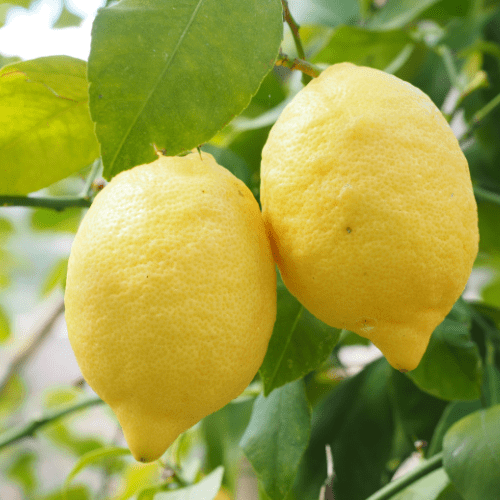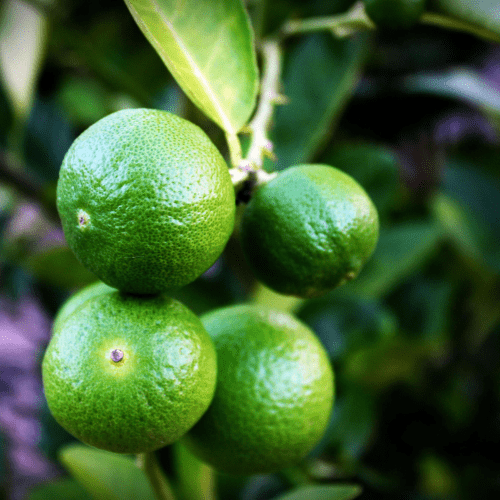Position:
Amborella trees prefer full sun but can tolerate partial shade.
Soil
Ambarella trees prefer well-drained, fertile soils. They can grow in various soil types but do best in loamy soils with good organic content.
To ensure good growth, add half a bag of Volcanic Rock Dust (R25 per bag) and a bag of Superfrass (R25 per bag).
Superfrass is a natural high quality organic growth enhancer and pesticide. Packed with macro-elements (N, P, K) and micro-nutrients (Zn, Cu, etc.), which enable your plants to grow robustly.
Watering:
During the first three years of an Ambarella tree’s life, providing proper watering is crucial. A weekly watering schedule is recommended. Moreover, watering during flowering and fruit development can significantly improve yields, ensuring a bountiful harvest. This watering regimen is a key aspect of successful Ambarella cultivation.
Refrain from planting the tree in poorly drained soils, which can lead to root rot.
Fertilising:
Apply fertiliser sparingly during the growing season to encourage healthy growth. You can use one teaspoon of our slow-release fertiliser every 4-5 months. Allow the plant roots to absorb what they need.
Pruning:
Pruning ambarella trees is essential for maintaining their health, shape, and fruit production. Prune during the tree’s dormant period in late winter or early spring. Start by removing dead, damaged, or diseased branches, thin out overcrowded branches, and aim to create a balanced structure. Trim branches that extend too far out and reduce the tree’s height if necessary. Be mindful not to over-prune, as it can stress the tree and reduce fruit production. Adjust your pruning technique based on how the tree responds.
Pests and Diseases
Ambarella trees are generally resilient to pests and diseases. However, they can occasionally be affected by fruit flies, aphids, or fungal diseases, use our slow-release nitrogen-rich all plant fertiliser. Apply 1 teaspoon every 4-5 months. Proper sanitation and good cultural practices can help prevent these problems.
Harvesting:
Ambarella fruits ripen in summer. They should be harvested when fully ripe, as they do not ripen well off the tree. Fruits can be picked by hand or gently shaken from the tree.








